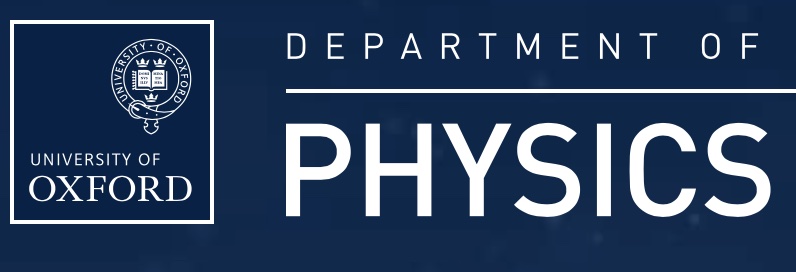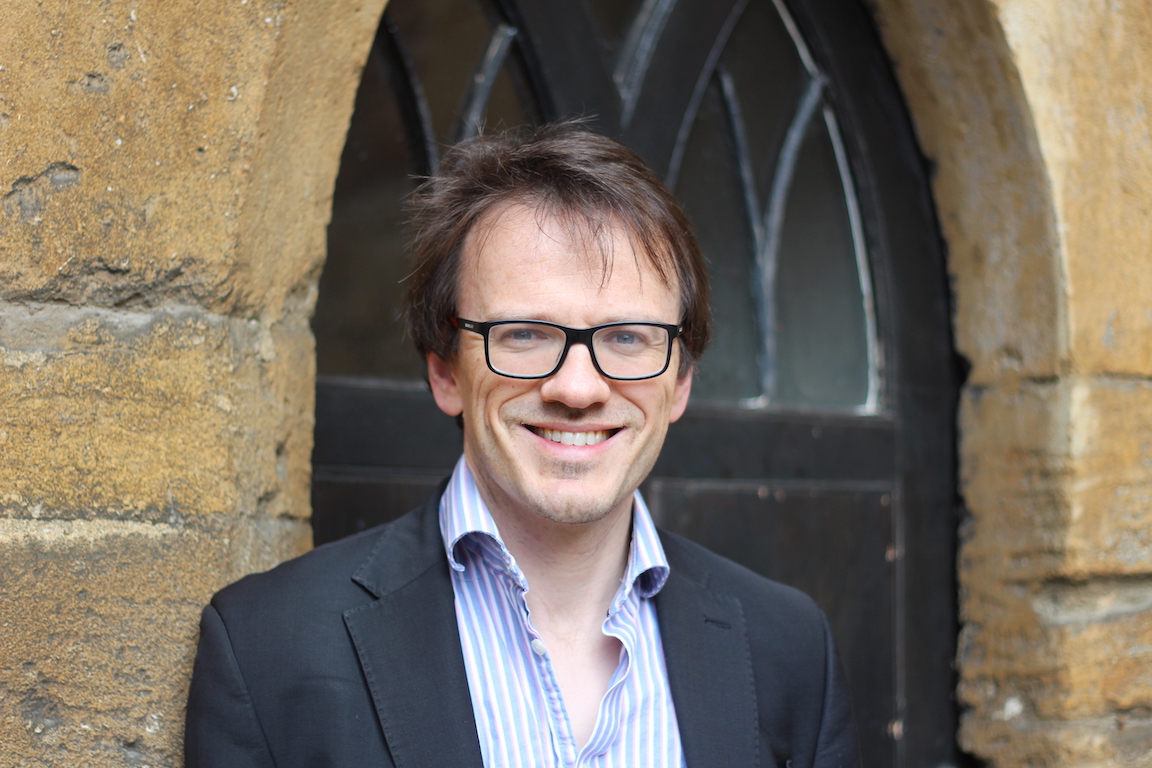
Joseph Conlon

what its all about really...
I am a theoretical physicist. My particular interest is in exploring the implications of fundamental theories of physics, such as string theory, for observable physics. This area is known as string phenomenology and I have enjoyed working in it over the last two decades. I try to be broad, and under this broad umbrella have enjoyed working on a variety of topics across string theory, particle physics, cosmology and astrophysics.
My current work mostly involves the physics of the early universe, in particular the period between inflation and nucleosynthesis. There are very few observational constraints on this period. I am interested in the ways that string physics, especially that involving moduli, can modify the universe in this period and, perhaps, lead to interesting potential observational signatures.
Previous work involves exploring the physics of axions and axion-like particles. These particles arise quite generally in string compactifications, and lead to lots of interesting physics due to their ability to turn into photons within coherent magnetic fields. For a while, I was quite involved in what was very much the nitty-gritty of observational signals of ALPs: working with X-ray data to search for and constrain ALPs, as well as looking to the future in terms of what other telescopes may be able to bring.
Earlier work, connected to the phenomenology of axions, explored the physics of dark radiation. Dark radiation is a possible relativistic counterpart of dark matter. It is not known definitively to exist, but is a natural and plausible extension of the standard cosmology. I studied the origin of dark radiation in string theory, and how if it exists it can be detected.
During and straight after my PhD, I worked extensively on supersymmetry breaking and moduli stabilisation in string theory, with more of an eye on particle physics applications to gravity-mediated supersymmetry breaking. I worked on these topics both using string worldsheet and effective field theory techniques. It is in this period that my most-cited work, the development of the Large Volume Scenario (LVS), occurred: although, due to the interesting and appealing phenomenology LVS gives rise to, it has continued to feed into almost all of my work since then.
The links describe my research in more detail, including the papers I have written and the talks that I have given.